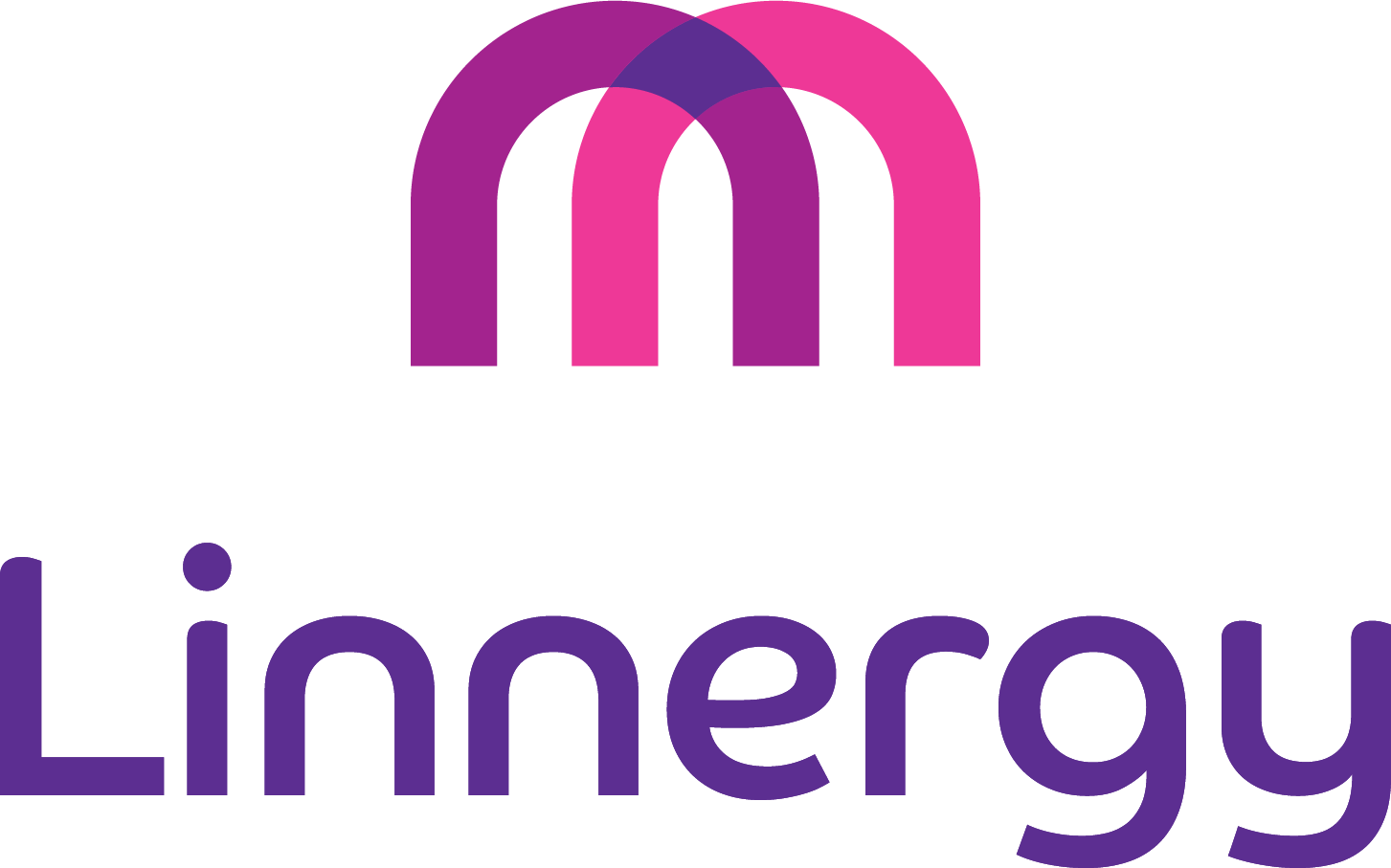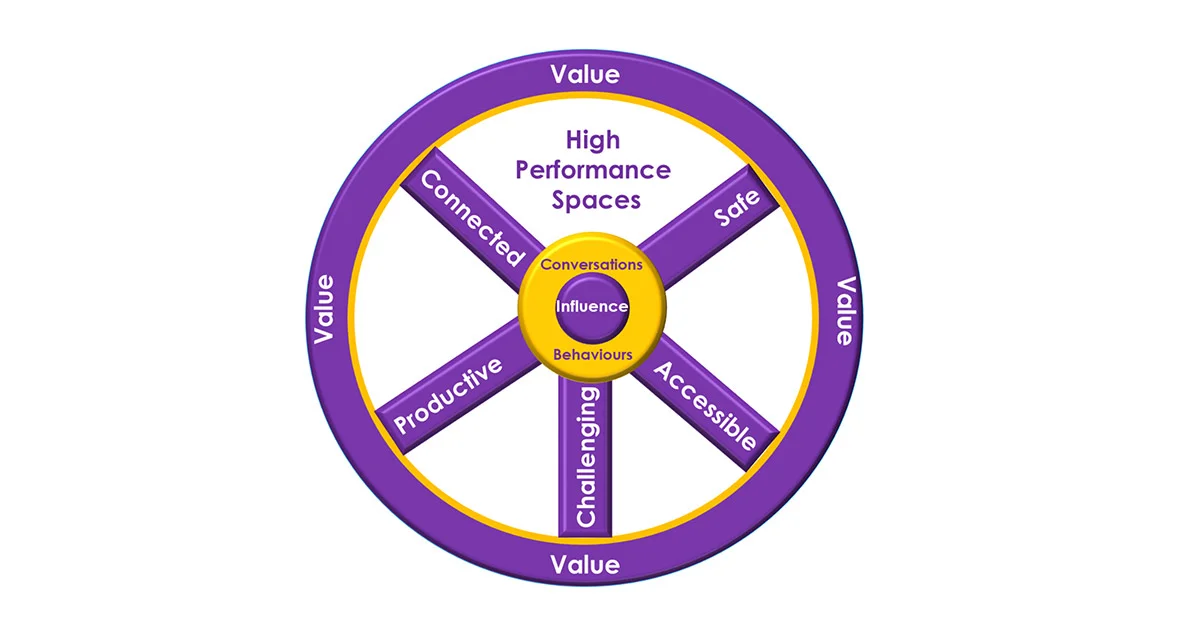How to build a results-oriented culture
Many of you are probably familiar with the idea of a Gratitude Journal and the impact this can have on your personal outlook.
(If you haven’t tried it, I recommend you do.)
But, could we apply the same principles in our business? What impact would it have? And how could we do it?
In my experience, you can apply this thinking to business, and it can have a significant impact on developing a results-oriented culture.
Most organisations focus on actions – what they are doing or planning to do – but actions are inputs. If you want to develop a results-oriented culture, then focus on outputs and outcomes.
The way I start this process, with my clients, is to help them focus on what was achieved (outputs), as a result of completing the planned actions, and then what impacts (outcomes) that had.
An example:
Action completed: Develop a strategic plan by 31 May (and by whom).
Achievements:
All key people are now thinking more strategically than they have before, without management having to constantly beat that drum, and this is influencing the way they are thinking about the business and is reflected in their decision-making.
This is evidenced by the following key decisions:
…
…
…
Impact:
While it is still early days, this has had an immediate and noticeable impact on:
Our attitude toward the business.
The way we relate to each other.
The effectiveness and efficiency of our meetings.
The consistency and quality of our decision-making.
The way we are relating to our clients.
And we anticipate that this will have future impacts on:
Improved client satisfaction.
Increased client revenues/less fee resistance.
Developing a more profitable business that understands and can focus on its ‘sweet spot’.
You will notice that the benefit does not lie in completing the action but in the achievements and impacts this action created. If the action was completed but the achievements and impacts were not attained, then there would be little benefit in completing the action. Incidentally, this is why I believe many strategic and business plans are not worth the paper they are written on – management has focused on completing the task and lost sight of or haven’t clarified what they were trying to achieve and the impacts they were seeking.
How can we change that thinking? Start by recording, on a regular basis (monthly or quarterly), what was achieved and what impact it had. Initially, you will likely find this a struggle. The reason for this is that we are not used to thinking this way. Our ways of thinking are often based on a deficiency model – what we haven’t done and what problems remain. This leads us back into action thinking again, without fully valuing our achievements and their impacts. Not particularly motivational.
Once you start focusing on achievements and impacts, on a consistent basis, it becomes a way of thinking. A habit. As a result, your people now think about achievements and impacts, before they start projects. Starting with the end in mind, as Stephen Covey’s “Seven Habits of Highly Successful People” would attest, has numerous benefits. The key is to create an environment where your people are looking for and focused on achievements and impacts.
Some tips:
Expect it to be a struggle, initially, and expect some resistance. So, stick at it until you break through and it becomes an habitual way of thinking.
To help your team come to grips with achievements and impacts, particularly in the initial stages, it is a good idea to discuss these with them. This is not only a positive and motivational experience, for them and you, but is a way to help them orient their thinking to achievements and impacts.
Do it on a regular basis – monthly or quarterly. Do not do it only once a year. Doing it once a year has two major problems 1) you will forget what you achieved and the impacts 2) it is not a particularly useful motivational tool in maintaining momentum and developing a results-oriented culture, if it is done too infrequently.
Don’t just claim achievements and impacts, look for evidence. There is some ‘skill’ required in doing this.
Acknowledge and celebrate achievements and impacts (in genuine low-key consistent ways).
Keep it simple. A three-column table is all I use – date (month/quarter and year) in the first column, achievements in the second and impacts in the third.
If the achievements and impacts are related to client projects talk these over with your clients so they are giving you feedback on the achievements and impacts created by your services. Among other things, this can lead to some excellent client testimonials.
If you would like to download the template, as a word document, you can access it here.
Warwick Cavell is a thought leader in communicating for results and strategy implementation. For over 25 years, he has helped leaders improve business performance by changing the way people communicate and work to solve problems – both internally and with their clients. He is a highly respected facilitator, coach, speaker and trainer, and author of regular blogs.











